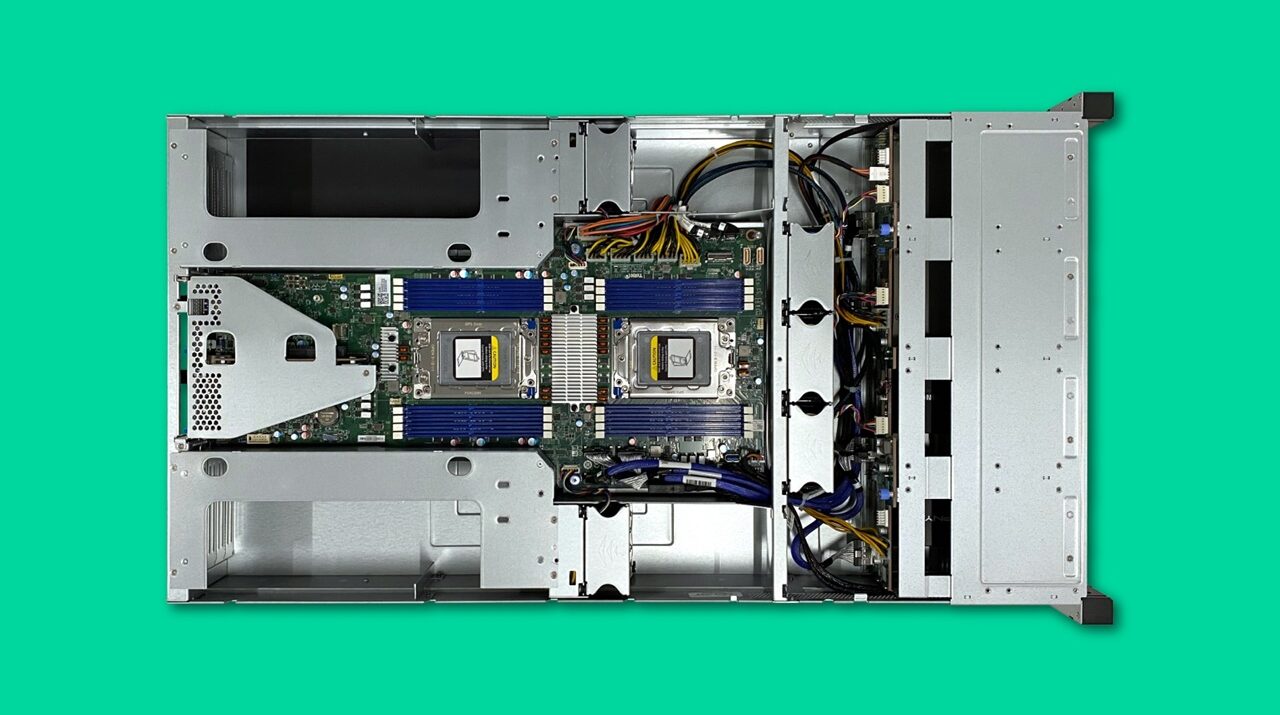
The central processing unit (CPU) is the heart of any computer. It performs logical, controlling, and arithmetic operations according to instructions given by the user.
CPUs can be differentiated by a number of factors, including the number of cores and the cache size. They are also categorized by processor type and generation.
1. Single Core
A single core CPU is a microprocessor that has only one core on the die. It performs the fetch-decode-execute cycle only once per clock-cycle.
Generally, a single core is a slower processor than multi-core, but there are some exceptions to this rule. A single core CPU is also less expensive than a multi-core system and can be used in embedded systems.
The main difference between a single-core and a multi-core is that single-cores process one task at a time, while multi-cores process multiple tasks at once Process Server. This allows computers to run multiple programs at the same time, resulting in higher performance.
Some modern chips have 96 (AMD Epyc “Genoa”) to 128 (AMD AltraMax) cores and are targeted for cloud providers and large enterprises that need to run virtual machines and containers. High-end server gear may also include multiple cores for potential scaling and to handle high-speed server clusters for intensive workloads.
In addition to physical cores, some modern CPUs have logical cores that function as separate threads within a core. These cores enhance performance by using content switching and coordinating with the OS and kernels to execute multiple processes simultaneously, but they are not a match for physical cores.
2. Dual Core
A dual core CPU is a type of processor that contains two separate processors. They work simultaneously in the same integrated circuit (chip). This technology is used in many high-end computers and has been around since 2000.
The Intel Core Duo, the AMD X2, and the PowerPC G5 are examples of dual-core processors.
Having multiple cores on the CPU can dramatically improve the performance of a computer. This is because they are able to process more instructions at once.
This is a big advantage over single core processors because it can run more programs at the same time, making them faster. However, the amount of speed gained depends on how the software is designed to take advantage of more cores.
For example, if the software has been designed to take advantage of more than one core, it can be configured to split up a large program into several smaller tasks, and use each of the cores for each task.
This is done by a part of the operating system called the “scheduler.” It tells the CPU what program to be running at any given time, and the CPU switches back and forth between them as needed. The scheduler is able to handle this much more efficiently when there are more cores available, as the CPU can process twice as many programs at once.
3. Quad Core
Quad Core CPUs are the next step on the road to multicore processors. They are a popular choice in many systems, including smartphones, computers and PC-based games.
A quad-core chip has four independent units called cores that read and execute central processing unit (CPU) instructions, such as add, move data and branch. Each core operates in conjunction with other circuits, such as cache, memory management and input/output ports.
However, it’s important to note that the difference in performance between a dual-core and a quad-core depends on the software and typical use cases. In some cases, a quad-core may not be faster than a dual-core unless the computer’s software supports multiprocessing, a feature that allows multiple tasks to be processed simultaneously by different cores.
One of the big concerns with quad-core processors is that they will consume more power than their dual-core counterparts. But new innovations in processor efficiency are changing this perception.
More cores can be expensive, so it’s important to consider your budget before you buy a new computer. Despite these costs, a higher-core processor is generally better for certain resource-intensive programs and applications. This is especially true for gaming and photo/video editing.